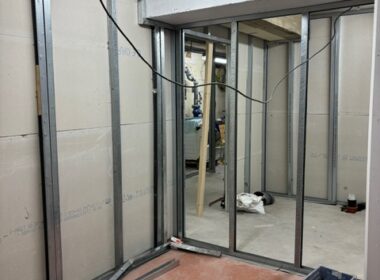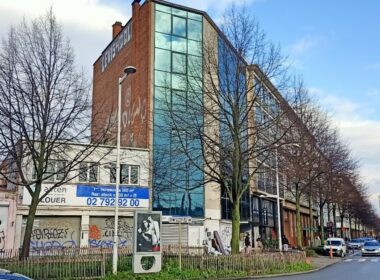Faced with the immense challenge of ecological transition, the construction sector is exploring all the advantages it can afford. Considering technological advancements and constant innovations, one might think that the technological path constitutes the logical decision to achieve the imperative sustainability goals for establishing a sustainable construction sector. However, professionals in the field advocate for a low-tech approach, which goes back to basics and aims to make use of local and bio-based resources, organized according to principles sometimes centuries, or even millennia, old. But are these two approaches truly incompatible?
Philippe Madec, architect, urban planner, influential French author, and pioneer of the eco-responsible architecture movement, is an advocate of “frugal architecture,” meaning measured in its use of resources and their implementation. His architecture and urban planning firm has established numerous rules and practices to limit its environmental impact. For example, concrete is only used as a last resort if no other solution is possible, and natural ventilation is preferred. According to him, building in an eco-responsible manner ultimately boils down to a simple decision, which requires ambition and determination: “We must be braver in our construction choices and cannot prevent change by invoking habit.”
Originally from Brittany, Philippe Madec has been based in Brussels for 20 years, where he is dedicated to spreading his message for eco-responsible architecture and urban planning. The French architect is one of the authors of the Manifesto of Happy and Creative Frugality, published in 2018[1]. This manifesto is the origin of the Movement of the same name, which operates with local groups in France and national groups elsewhere in the world. Ecobuild.brussels has indeed supported the birth of the Belgian group in Brussels by providing support for the first two meetings. Since then, the Belgian group has continued to grow, becoming the largest national group with the most signatories, behind France.
His frugality is derived in 4 levels: frugality in materials, energy, technologies, and territory. These levels are interdependent, and none can be forgotten: these 4 elements must be used sparingly and wisely for minimal ecological impact. Pragmatic at heart, he proposes for this path the integration of “right tech,” meaning the implementation of low-tech solutions, supplemented by “high tech” solutions if they contribute to this frugality.
Breaking with a modernist culture…
To implement eco-responsible architecture, it is first necessary to end certain practices, notably the intensive use of materials with harmful environmental impacts, concrete and those derived from the petrochemical industry being at the forefront. The planet cannot support the demand for resources that we impose on it[2]. Then, it is necessary to prevent the construction of standard buildings, reproducible and not adapted to the specificities of their environment, such as towers, for example. Similarly, buildings that cannot serve multiple functions must be avoided at all costs, as this greatly limits their lifespan.
Finally, we must detach ourselves from dependence and immediate recourse to “high-tech” solutions that improve the comfort of building use but are unreliable and with a high ecological footprint, such as artificial heating and air conditioning.
… And return to forgotten basics
“Nature is our source and our resource,” Philippe Madec reminds us. “For example, it is very easy to take advantage of the sun by orienting buildings properly.” A well-oriented building will indeed have little or no need for heating or cooling. Next, natural ventilation must be ensured, which provides healthy indoor air and prevents moisture formation: “All rooms in the buildings designed by my office are equipped with at least one window, including entrances, bathrooms, or toilets,” he emphasizes.
A convinced and involved new generation
The philosophy of Philippe Madec has nourished the approaches of new waves of eco-responsible architects in recent decades. Among them, we find notably Kjell Keymolen, who founded his Karibu office in Molenbeek, in the heart of Brussels.
As part of the postgraduate program “Building Beyond Borders” at the University of Hasselt, Kjell Keymolen had the opportunity to be involved in a vernacular and socially oriented construction project in Morocco. “This project opened my eyes to the importance of doing ‘more with less,’ by focusing on a long-term vision to ensure minimal material consumption.”
Back in Belgium, he quickly launched his own architecture firm, called Karibu, placing at the center of his practice values that he considers essential for the advent of resilient and circular architecture: “I want to make Karibu a catalyst for positive impact,” explains Kjell Keymolen. “This involves the use of local and circular materials, maximum reuse, and a pragmatic ‘long-term’ approach from the design phase onwards,” he adds.
Involving the client(s)
Whether for his various projects carried out in Africa (Morocco, Tanzania) or those carried out in Belgium for his Karibu office, Kjell Keymolen insists on involving the clients or end users in the design and/or construction of his projects: “They know their needs better than anyone, and it is up to the architect to take them into account,” he explains.
Likewise, participatory architecture involves a social aspect dear to the young Belgian architect: the sharing of knowledge and techniques. “In the initial phase of a project in Tanzania, we built a house and a small shop for a needy family. The children old enough to help participated in the construction. Several years later, when I returned to that village, I saw that they had built several adjoining houses, reproducing the techniques used during the first phase of the project.”
An approach perfectly suited to the challenge of renovation
If Kjell Keymolen chose Brussels to launch his company, it is first and foremost because the capital is experiencing a real boom in circular construction activities, thanks in part to the involvement of political authorities. His Karibu office is notably part of ecobuild.brussels, a sustainable and circular construction cluster funded by the Region to encourage the Brussels construction sector towards more circularity. In the capital, many old buildings need to be renovated, and the eco-responsible approach makes perfect sense. Reusing materials already in circulation—or better yet, already in place in existing buildings—represents a double gain: fewer new resources needed and less waste created. “For each renovation project, we always start with the physical aspect and ask ourselves: what materials can we keep?” explains the young Flemish architect.
Then, for improving energy performance, the Karibu team studies the most suitable solutions based on the materials already present: “We must always compare the materials in place with the elements we want to implement. Example: It is not always necessary to insulate the solid facades of old terraced houses because they can rely on their thermal mass. In addition, the orientation of the free facades plays an important role, as well as the surrounding buildings. In this case, however, it is important to cover the interior with a vapor-permeable material to avoid moisture problems.”
The “right tech,” a balancing act
To succeed in the ecological transition that the construction sector so desperately needs, both Philippe Madec and his counterpart Kjell Keymolen advocate for a middle ground, prioritizing eco-responsible and circular principles, and integrating technology discerningly. “We must know how to distinguish, keeping in mind that maintaining techniques that work satisfactorily can (often) turn out to be more ecological in the end. ‘High-tech’ solutions are not always necessary,” emphasizes Kjell Keymolen.
Frugality in terms of technology means that we must use simple and robust techniques that do not fail. We must be more interested in robustness than in performance
P. Madec
A model project
Kjell Keymolen recently completed a project that perfectly illustrates his approach and architectural vision. It involves renovating a single-family house in Herent (Flemish Brabant), which will be expanded with an annex in a later phase. “During this first phase, we completely insulated the envelope of the house, including the roof, and replaced all the windows to prevent any heat loss. We disassembled the bricks, installed a wooden structure that will be used for the future extension—also in wood—before reusing them.
Everything was designed to allow minimal use of new materials. The external wooden structure, which will be used for the extension, serves as a canopy for the exterior walls, built with raw earth. This earth comes from the excavation work necessary for the wooden structure. By thinking ahead about aspects related to this extension, the Karibu team achieved an optimal result (reuse and use of bio-based materials, adaptability…).
Moreover, the heating system of this project demonstrates the potential of a “right tech” approach: “The client absolutely wanted a wood stove. In winter, the heat produced by the wood stove heats a 1000L boiler, which in turn heats the ground floor and the first floor via the floor and radiators. In summer, the energy for the boiler comes from the photovoltaic panels, located on the roof and facing south.” This dual solution of a wood stove and photovoltaic panels proves to be very efficient and embodies the complementarity of “low” and “high” tech.
A vision synonymous with local employment
Establishing an eco-responsible construction sector would also preserve technical and artisanal professions, which traditional construction and its formalism have strongly impacted, especially in repair activities of techniques, furniture, and materials, as well as in laying and maintaining them. Furthermore, new circular economic circuits create new economic opportunities that cannot arise in a linear economy.
The thoughtss and eco-responsible architectural approaches of architects like Philippe Madec and Kjell Keymolen have proven their worth: blindly relying on high-tech solutions is incompatible with the sustainable transition of the construction sector because these solutions require a quantity of resources that the planet cannot support. To achieve this transition, we should rather focus on tradition to inspire innovation: let’s systematically integrate eco-responsible low-tech solutions and then optimize them with new technologies.
We have now won the battle of ideas. Now is the time to win the battle on the ground
P. Madec
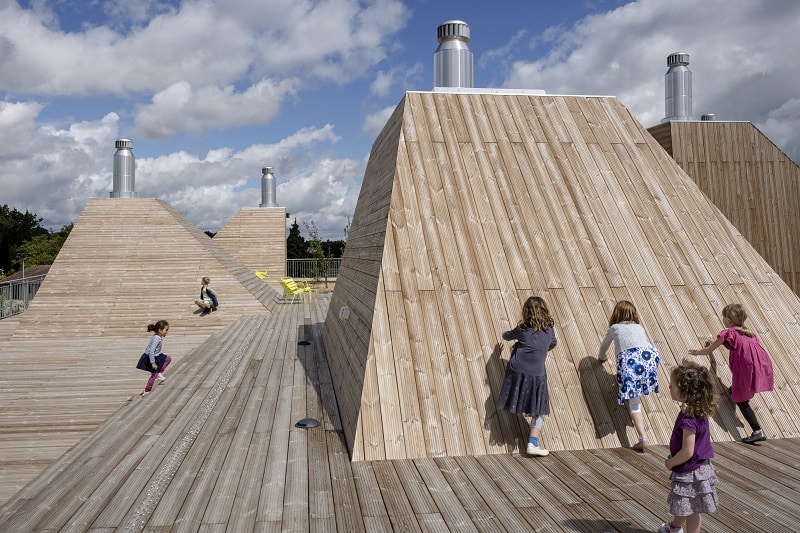


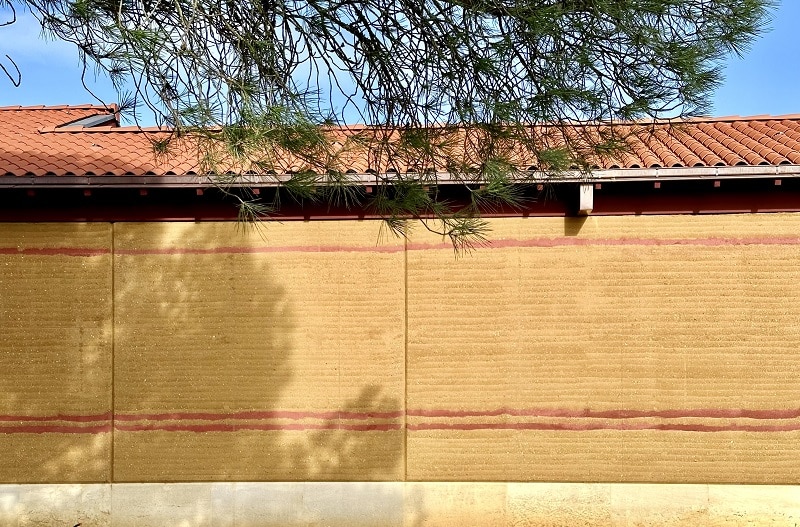
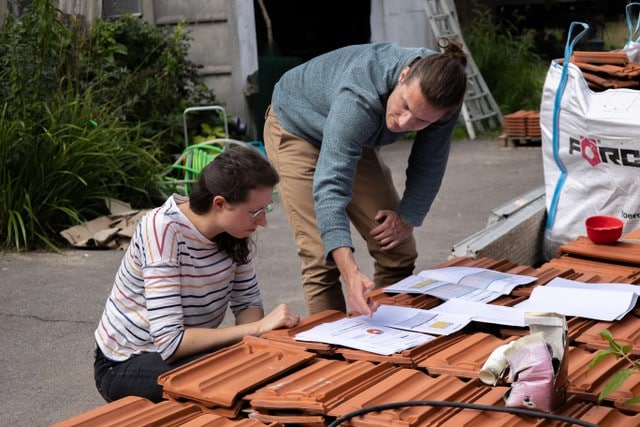

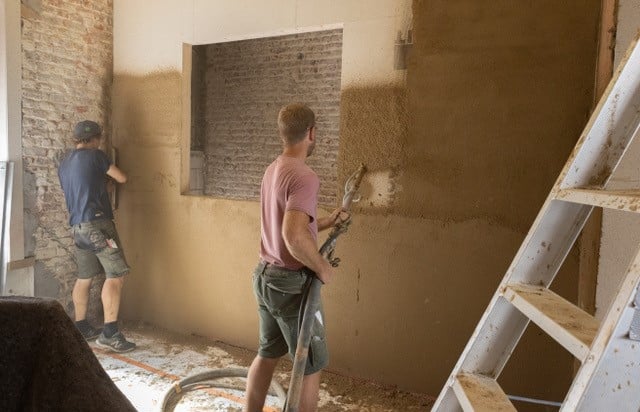
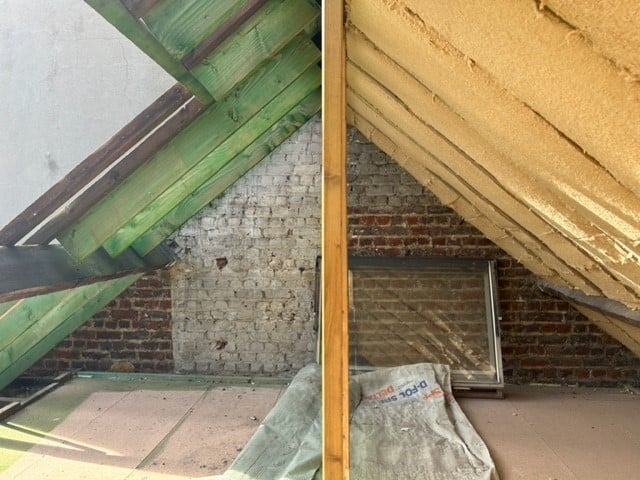
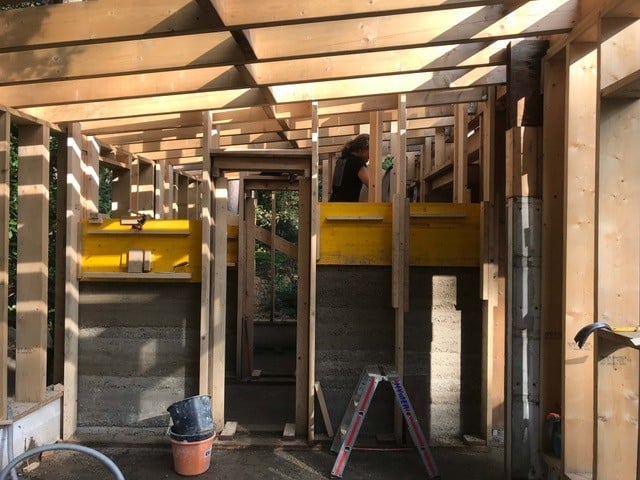
[1] “In collaboration with Dominique Gauzin-Müller (architect-researcher) and Alain Bornarel (engineer).”
[2] “Overshoot Day” is advancing at a frantic pace: in 2023, we reached it on August 2nd, compared to December 31st in 1986.


